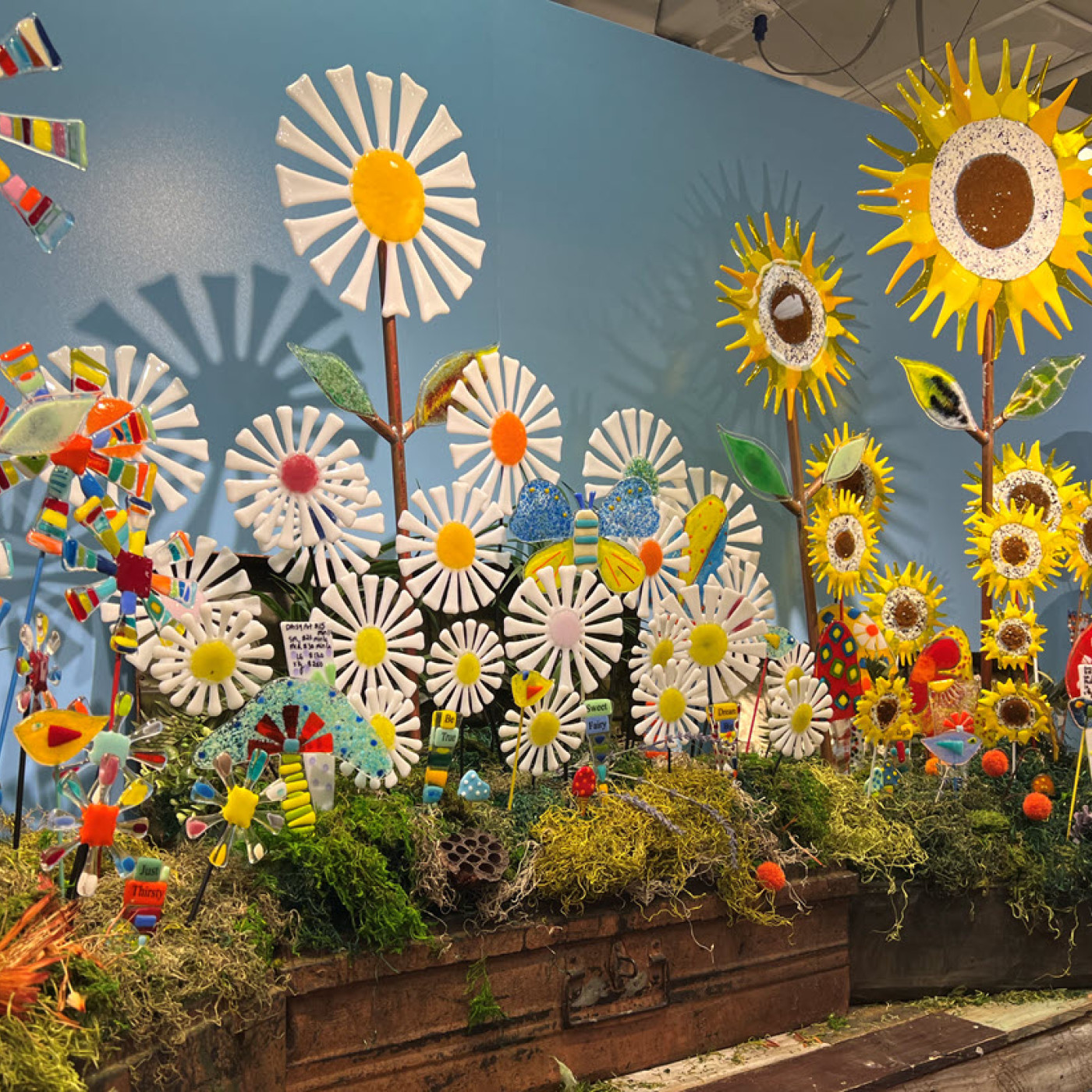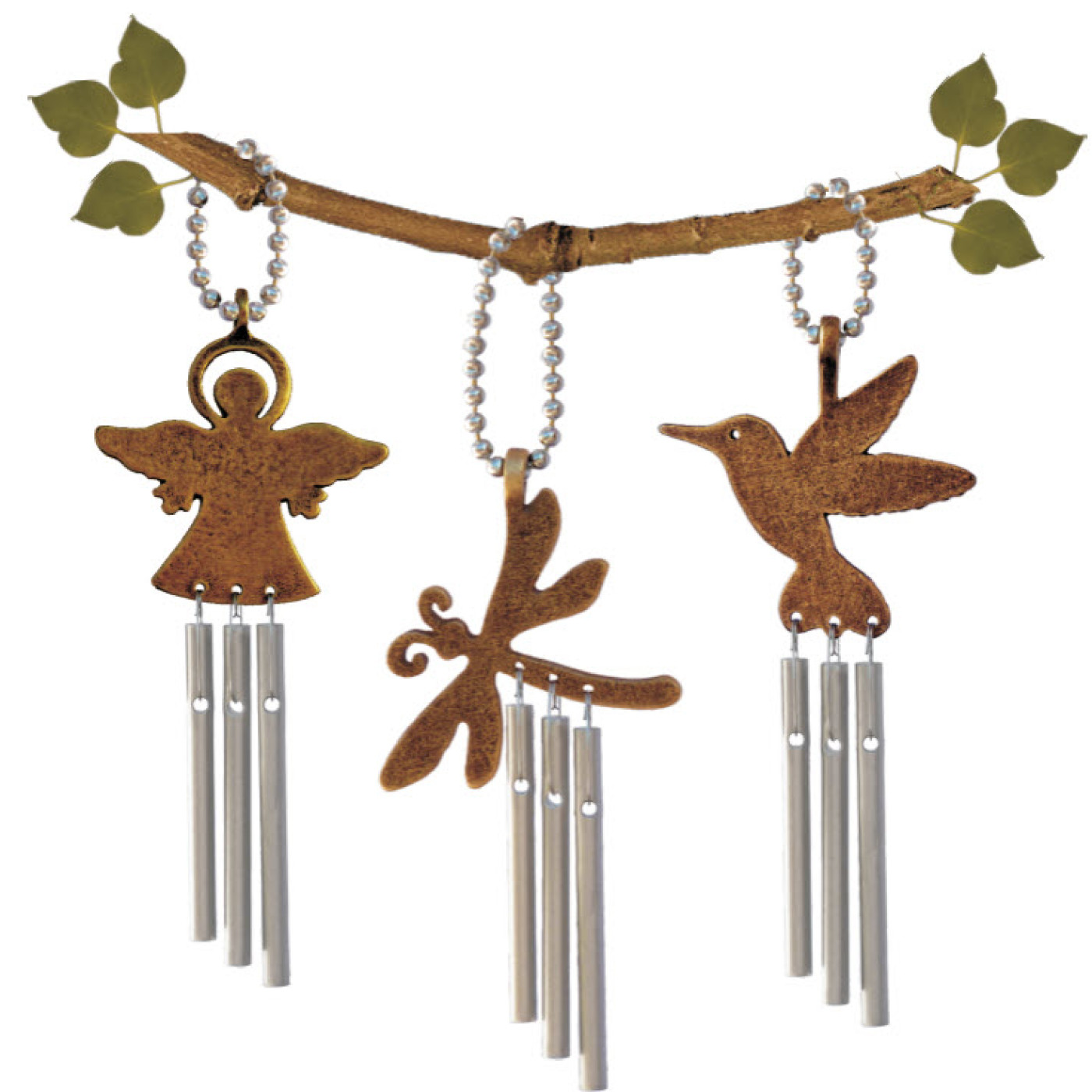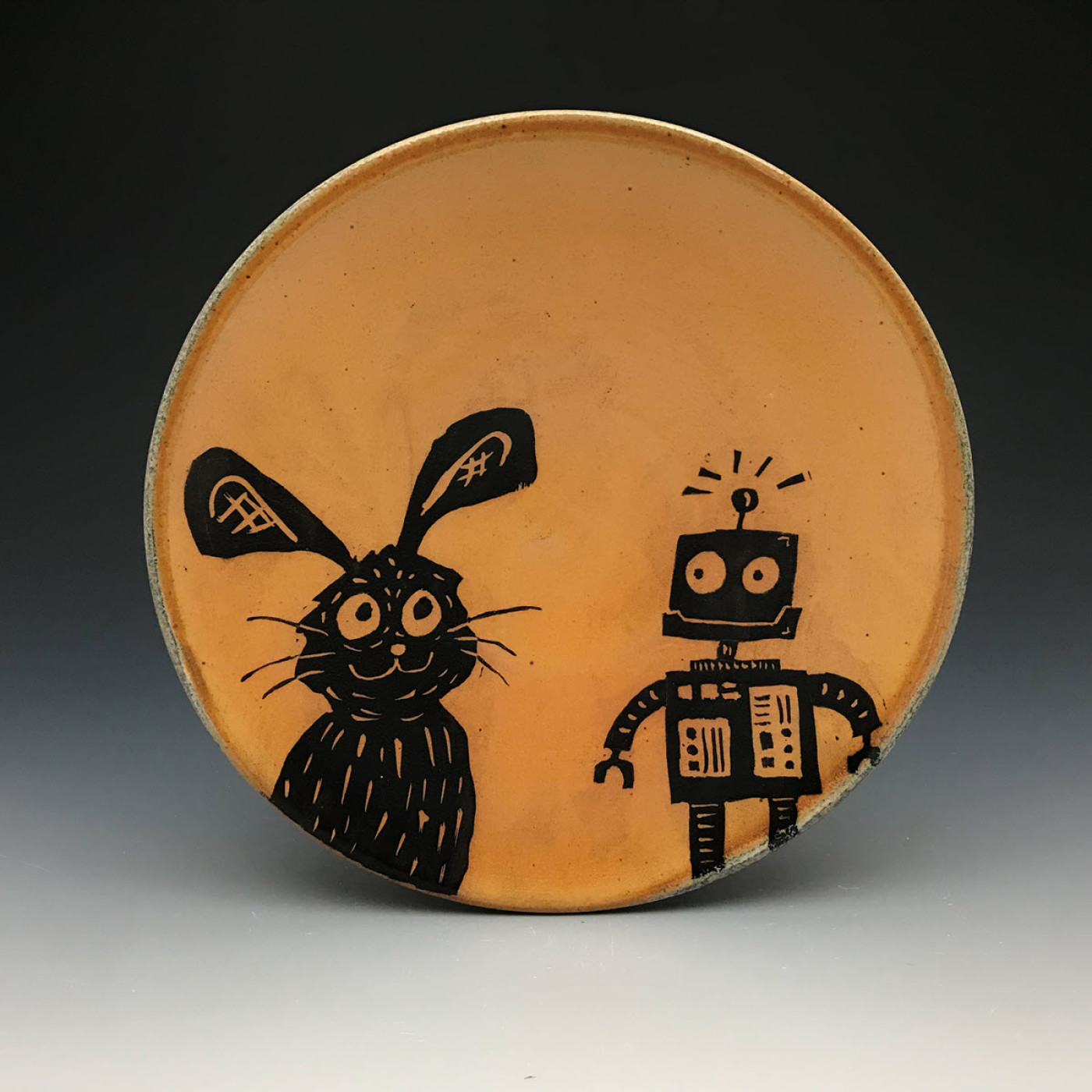What’s New?

If there is one magic word in retailing, it is NEW. You see it everywhere and in all types of stores, from clothing to jewelry to home décor. Nothing spells doom for a store faster than having the same old tired merchandise. Why would a customer bother to check it out?
So, if the store owner and buyer are always looking for NEW, it is imperative that you, the creative wholesaler, meet their expectations. You certainly do not want them to replace you with another more exciting line. Hence your challenge is to constantly be thinking of ways you can refresh your line and offer exciting options to your buyers.
One of the easiest ways to conceive new products is to listen to your customers. Most of them are not shy about sharing their ideas, and if you are repeatedly hearing the same comments or questions from them, listen, and take note!
Can you make this in a smaller (or bigger) size? Does this mug come packaged in a gift box? Do you make any ceramic hearts? Believe it or not, these were real customer questions, and when the respective makers heard them over and over again, they made a smaller size, introduced ceramic hearts, and devised lovely gift packaging. And in all three cases, their new products became their bestsellers!
Keep a notebook of ideas that appeal to you, as well as suggestions you hear from customers and other artists. When you are at a show with other artists, take a close look at their work — not to copy it — but to see how it meets the expectations of a wide customer base. Most artists love sharing ideas, so take advantage of the networking opportunities at large gatherings.
Another simple way to create a fresh look is to examine your color palette. Sometimes, a minor change can yield enormous results. For example, a potter who made wonderful ceramic dinnerware offered it in about 15 great colors, a true rainbow with a spectrum from red, blue, green, yellow, purple, and orange.
Then several years ago, they added one more color — white! And being from the South, they named their new color “Cotton,” and it was an immediate sensation. Is there one basic color that your line is missing?
The potter who added white to her dinnerware palette found that white pieces offered another avenue to make her line distinctive. Several times a year, she added a unique painted design to several pieces.
An example is a simple but unique Christmas tree on a limited number of plates or a striking botanical feature on a white vase in spring. These pieces are all limited and sell out quickly, so they add something special and urgent for the buyer to order.
You can do this with almost every type of product. In addition to your regular line, devise and market a new limited edition to your buyers. This might be one new pattern, fragrance, design, or even size that is only available in the coming months until the supply is exhausted.
You can debut it after the first of the year with a special social media promotion and offer it prominently in your booth at a trade show. If it proves to be an enormous hit, bring it back the next year by popular demand!


While we are on the subject of limited editions, take a look at the work of Houston Llew (https://www.houstonllew.com) who makes wonderful paintings with glass on copper tiles. He offers a huge selection of tiles with a variety of themes and annually introduces new styles to his retailers.
Llew also retires many of his tiles on a regular basis. This keeps his line fresh and prevents his brand from becoming overcrowded with too many offerings. Oh, and the interesting part — when he announces the tiles that are being retired, he significantly raises their price since they will no longer be available. Brilliant!
If you make jewelry, you might want to contain the number of different pieces you offer so your line does not grow out of control in size. One highly successful jeweler manages this by having a line of basic, classic styles that never change although he does tweak the color palette according to the season.
Then twice a year, he offers an exceptionally special themed line, usually no more than a dozen pieces that will be offered for just a few months. Buyers eagerly await the special styles knowing they are a once-in-a-lifetime offer!
Another successful jeweler had a pricey line of colored gemstone earrings, necklaces, and bracelets. While their work sold well, it was often to an older buyer, so they knew they were missing the young, trendy customer.
Their solution was to begin a whole new line of metal jewelry with simple and straightforward designs that sold well to new customers and at a lower price point. Their second line had a different brand name, but their reputation and solid business record provided a great launching pad for their new endeavor.
This brings us to an entirely new way to diversify your line and that is to examine it by price. If you have a line that is at the expensive end of the spectrum, perhaps some more moderately priced items could interest your buyers.

I know of a glass artist whose sculptural pieces sell wholesale for hundreds of dollars, so in a gallery they are generally a high-ticket item. However, he also makes earrings and a few additional glass jewelry pieces that are much more moderately priced. This gives him a way to use small scraps of his inventory and allows his buyers to spread their buying budget and offer their customers a small piece of this exclusive artist’s work.
Of course, the opposite may be the case for some makers. If you offer a very moderately priced line, you might want to offer a pricier alternative, especially if your products have been consistently similar for a long time.
An example might be a line of wall art that is all 9 x 6 and priced wholesale at $85 each. The artist who is adding something new to this line might opt for a stunning 12 x 10 piece priced at $180. There is an excellent possibility that retailers who love this line will be thrilled to offer their customers an even more dramatic purchase.
One additional suggestion is to consider holiday shopping. Most retailers want their shops to mirror the season, and we all know Christmas is prime shopping time. No matter what type of product you are making, you can probably adapt by highlighting a color palette or giving an actual nod to the season with a special product.
All wholesale artists should examine their own vision to see if there is anything they would like to create. One of the downsides of selling wholesale is that it is production work — you are making the same items repeatedly.
Is there something you have always wanted to make but have not because you thought it might be too expensive or time consuming? It might be time to take a fresh approach. Spending time developing a new product can be very satisfying from a creative perspective. The vision and the ensuing problem-solving are often exciting, too.
Many artists carve out time to devote to creating new products. They use the time early in the year to work on ideas they have collected so they can go to a winter trade show with their samples and a large sign that says, “Look What’s NEW.” Hopefully, this column has inspired you to take a fresh approach to your line so you can continually share the excitement of NEW with all your customers!
Diane Sulg is executive director of CRAFT and founder and co-chair of American Craft Week (ACW). She is a handmade advocate who provides valuable information in her one-day seminars titled “All About Wholesale” at wholesale shows throughout the United States. Diane is the former owner of Maddi’s Gallery, in Charlotte and Huntersville, North Carolina.
